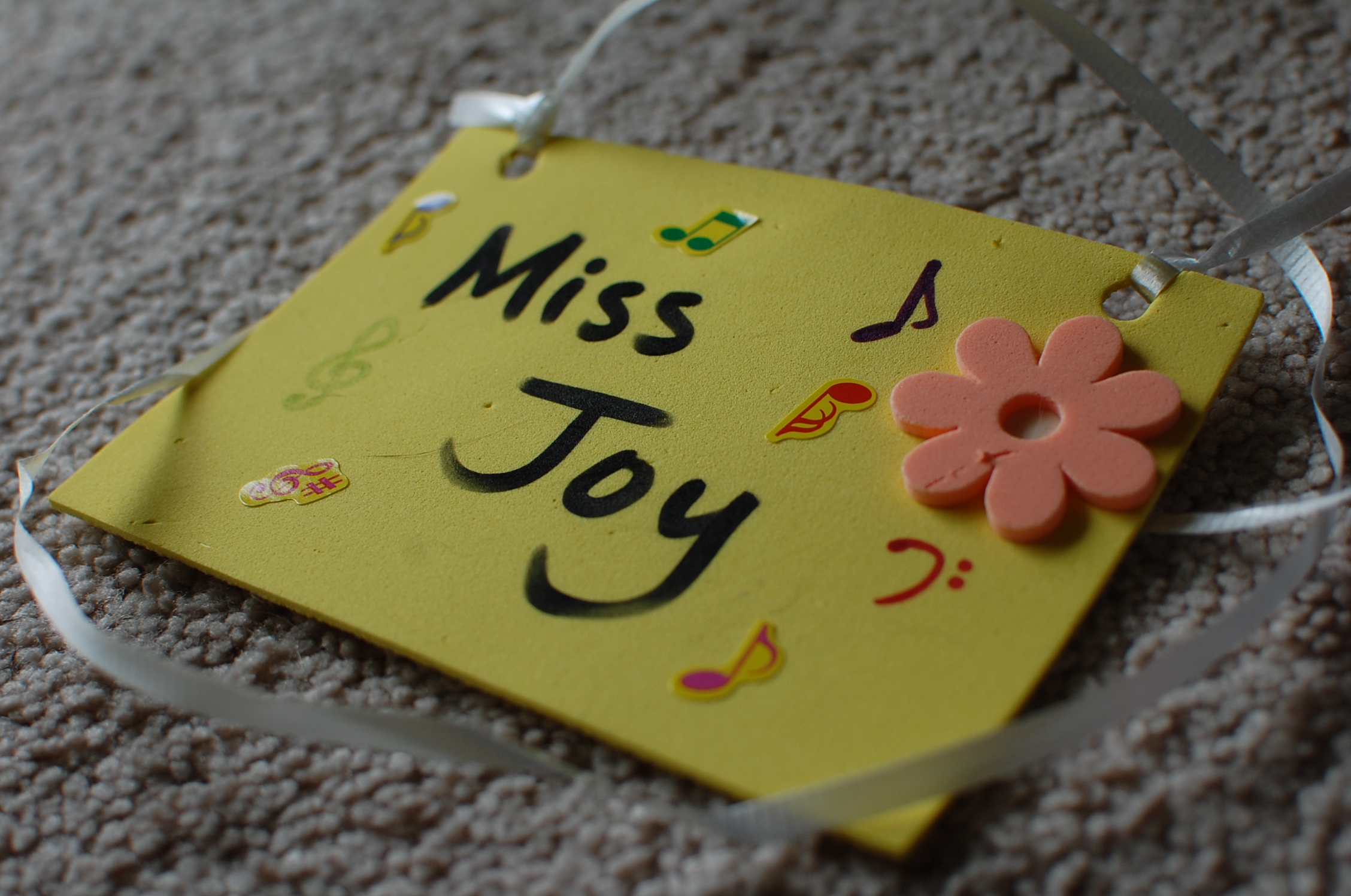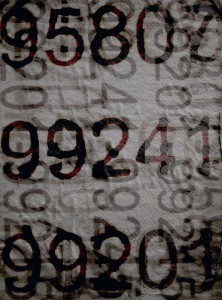 At the 2010 Michigan Music Teachers Assocation conference this weekend, our conference clinician Martha Hilley had some wise words for us that I thought I’d share here:
At the 2010 Michigan Music Teachers Assocation conference this weekend, our conference clinician Martha Hilley had some wise words for us that I thought I’d share here:
Always be a musician, even when you are counting aloud!
As she led us through some various exercises during one of the sessions, Martha Hilley encouraged us to use vocal inflection to show musical direction — even when it’s just simple rhythms or melodic lines. And, of course, this tip applies to our students: encourage them to be musical counters too!
Here’s to trying to use more vocal inflection when I count aloud with my students this week, and hoping that my musical counting will rub off on their playing! =)
Stay tuned – more summaries of the conference are on the way!
Photo Credit: Pink Sherbet Photography | CC 2.0


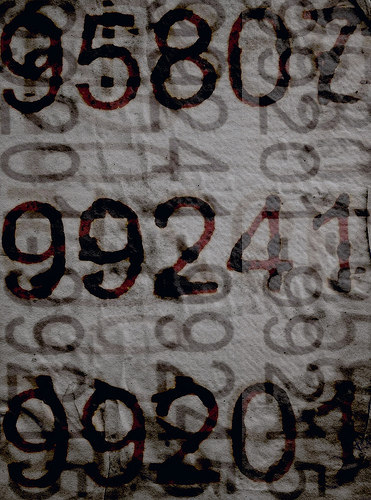
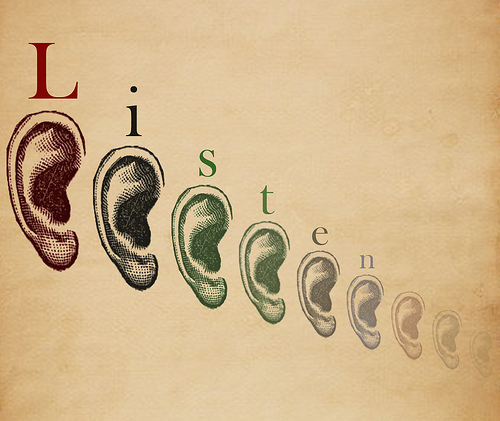
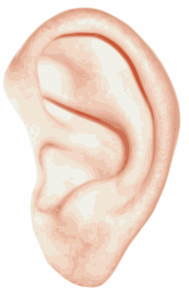 Lately, I’ve been thinking about ways to keep students focused on the sound they are creating when they play and preventing them from becoming overly sight-oriented. Being a good musician is so much more than accurately executing what is written in the score, after all. Students should be learning to use their ears and listen to what sounds they are making too!
Lately, I’ve been thinking about ways to keep students focused on the sound they are creating when they play and preventing them from becoming overly sight-oriented. Being a good musician is so much more than accurately executing what is written in the score, after all. Students should be learning to use their ears and listen to what sounds they are making too!


 Developing a good sense of rhythm is one of the most challenging parts of being a piano teacher. It’s not something that arrives overnight, and it’s something that must be maintained as the student advances to music with more advanced rhythms and time signatures. It truly is something that must be developed.
Developing a good sense of rhythm is one of the most challenging parts of being a piano teacher. It’s not something that arrives overnight, and it’s something that must be maintained as the student advances to music with more advanced rhythms and time signatures. It truly is something that must be developed.
 What happens when you have to give a performance but your mind is preoccupied with all sorts of crazy stuff going on in your life?
What happens when you have to give a performance but your mind is preoccupied with all sorts of crazy stuff going on in your life?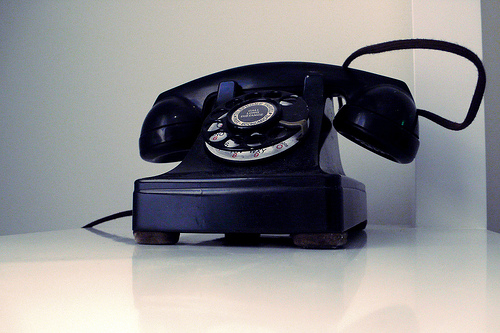
 When potential students’ parents call, do you struggle with figuring out what to say on the phone? What information are they looking for, anyway? This post offers some ideas and suggestions.
When potential students’ parents call, do you struggle with figuring out what to say on the phone? What information are they looking for, anyway? This post offers some ideas and suggestions.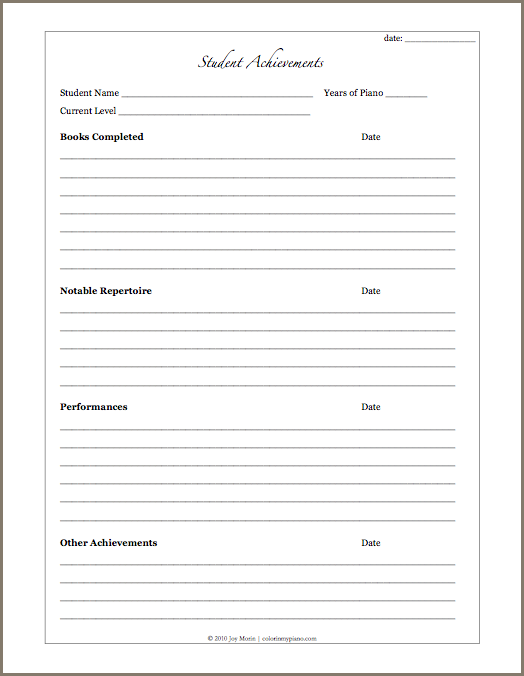
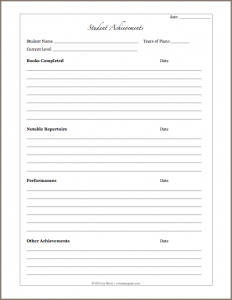
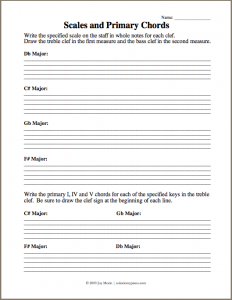



 At a piano lesson this week, I observed my student grow increasingly frustrated with herself whenever she made a mistake. She would “growl” at herself and start back at the beginning of the phrase.
At a piano lesson this week, I observed my student grow increasingly frustrated with herself whenever she made a mistake. She would “growl” at herself and start back at the beginning of the phrase.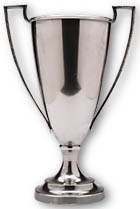
 This month’s discussion topic:
This month’s discussion topic: